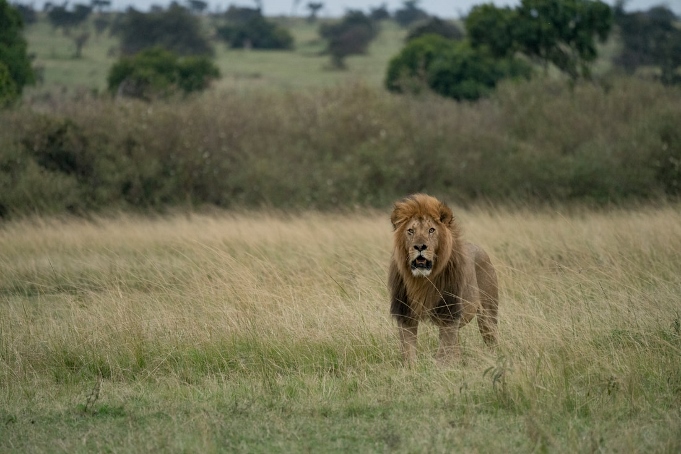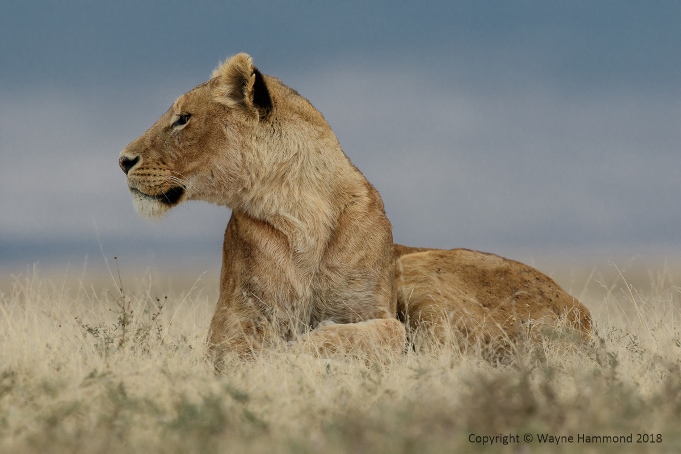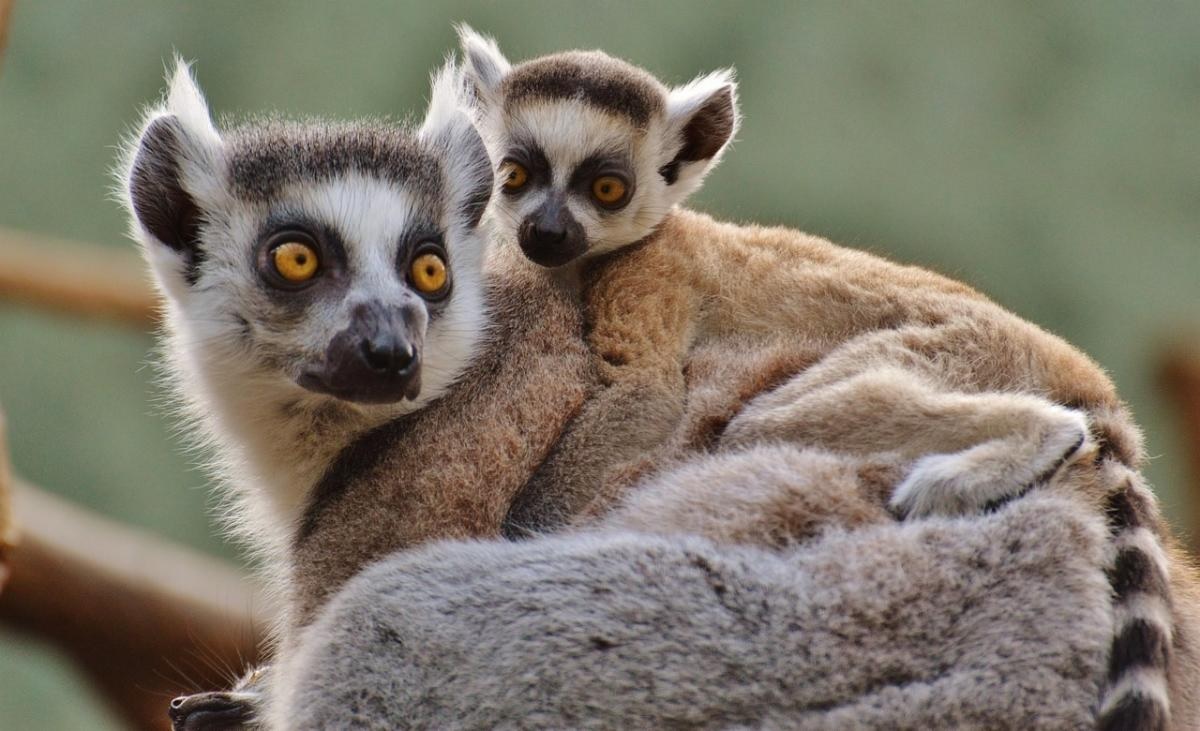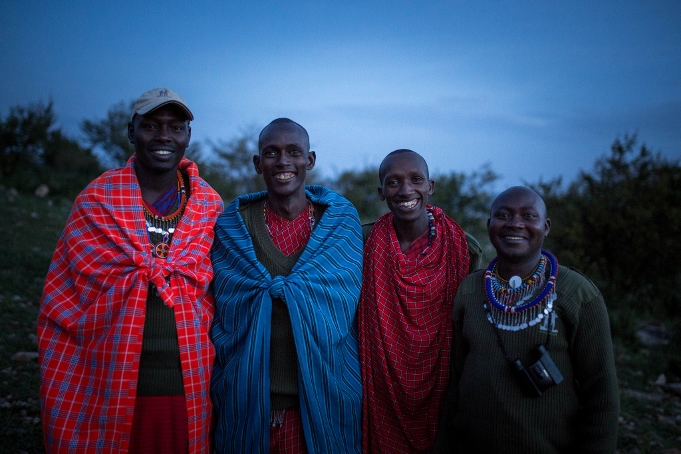
This article by Dave Masters for The Independent (August 2015) gives a clear insight into the importance of Kenya’s “conservancy” concept for the future of the country’s wildlife and people.
Making wildlife pay its way: the new conservation concept giving local communities jobs, income and a brighter future from Safari tourism
by Dave Masters
An alternative approach to wildlife conservation in Kenya called ‘the conservancy concept’ is helping to create a sustainable future for animals, local communities, the environment and visitors alike for the very first time – and the son of British emigrants to Kenya is one of those at the forefront of the movement. Jake Grieves-Cook’s parents moved to Africa in 1948 and he grew up and went to school in Kenya where he has now been involved in the country’s safari tourism industry for over 40 years. He runs the award-winning Porini Eco-Camps sited in Nairobi National Park, Laikipia, Amboseli eco-system and the Mara, including at Ol Kinyei Conservancy, which borders the north-east corner of the Maasai Mara National Reserve – famous for its incredible array of wildlife, from lions and leopards to cheetahs and wildebeest.
His site is one of many conservancies across the country which operates on land leased from local communities. The idea has been hailed as defining a new era of ecotourism in the East African country – and has proved such a success there are now more than 7.5 million acres of conservancy land across 22 counties.
Conservancies means local communities directly benefit from the use of their land and willingly host and protect wildlife populations – reducing the previously troublesome human/wildlife conflicts which have been known to arise from poaching, farming and the construction of infrastructure.

Mr Grieves-Cook has served on the board of the Kenya Wildlife Service which runs the country’s national parks and was appointed by President Kibaki as Chairman of Kenya’s National Tourist Board from 2004 to 2010.
He said the initiative is benefiting the communities who own land alongside the government-owned parks and reserves by giving them the opportunity to earn income and livelihoods from conserving wildlife by putting their parcels of land together to form wildlife conservancies: “The conservancy concept enables landowners to benefit from allowing their land to be set aside for wildlife and to earn a regular monthly income stream from rents paid per acre for their plots of land as well as to have employment opportunities for their family members as rangers in the conservancies and through staffing the camps. It provides an expanded area of protected habitat for the wildlife where the environment is protected and where tourist numbers are strictly controlled through our formula of no more than 12 guest tents per camp and a maximum of 1 tent per 700 acres and 1 tourist vehicle per 1400 acres. And it provides an enhanced safari experience for visitors with high quality guiding and excellent wildlife viewing away from the tourist crowds”.
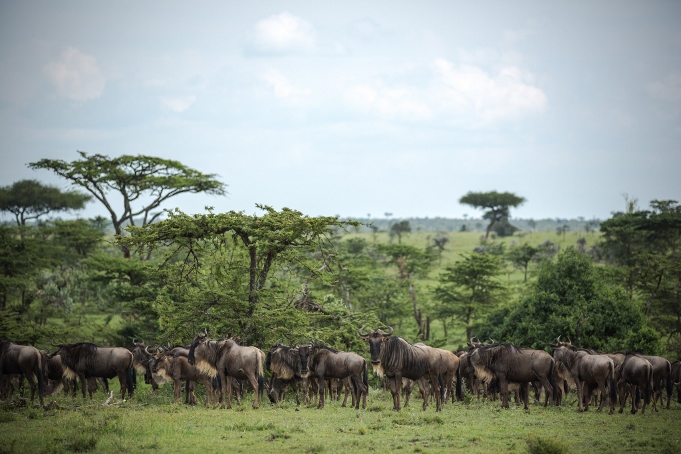
On top of financial rewards, the privately owned and managed conservancies also offer employment to locals in eco-tourism in roles from guides and trackers to chefs and camp managers.
They’re also said to be better for visitors as conservancies are bound by strict regulation over the number of guests allowed inside at any given time, guaranteeing a personal and exclusive safari experience. They also reduce stress and the disturbance of the wildlife population, supporting the repopulation of areas and land transformation.
Kenya’s conservancy concept was devised as a means to address the escalating issue of lost indigenous habitats, through the division of land, over-grazing and intensive farming. The idea has only recently gained momentum and has had such a profound impact on the country that the term was recently legally recognised for the first time in the Wildlife Act 2013.
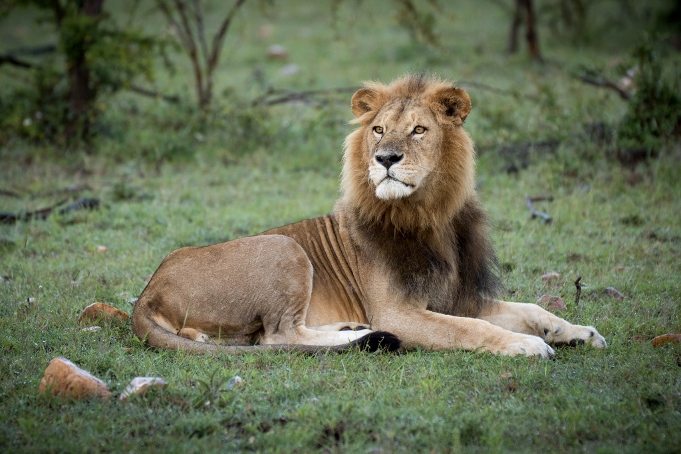
The renowned elephant conservationist Cynthia Moss recently described the establishment of conservancies in Kenya as “the single most successful conservation initiative since the creation of national parks in the 1940s”. She added, ” Conservancies protect land for Kenya’s wildlife and even more important create sanctuaries of safety. In addition conservancies bring benefits in the form of direct payments and jobs to the people who share their land with wildlife.”
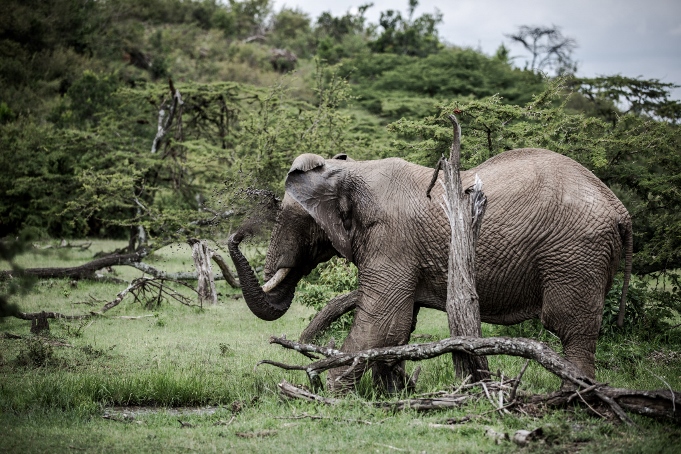
Mr Grieves-Cook added that the approach was also conserving Kenya’s spectacular flora and fauna outside of parks and he and his team are keen to spread the word to encourage more communities to follow suit.
He said: “The conservancy concept enables small landowners to pool their resources to create large tracts of land which can be set aside for wildlife and to join in partnerships with safari operators to generate incomes from wildlife tourism as an alternative form of land use. Visitors have quickly learnt that staying in small camps inside the conservancies offers a very rewarding experience and the word is spreading that this is one of the best ways to go on safari in Kenya and that it is contributing to conservation as well as to making it possible for benefits to reach the communities.”
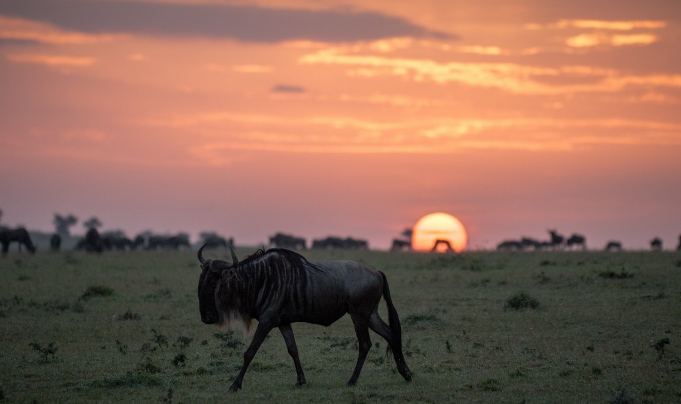
Find Out More:
This Video Interview with Jake Grieves-Cook gives more information on the conservancy concept in Kenya. (Note this interview was in 2015 when visitor numbers had declined owing to fears about global terrorism, hence the comments at the end. Thankfully in the ensuing years the situation improved greatly with increasing visitor numbers and today travel to Kenya is flourishing.)
on Thursday 04th October 2018 at 11:42



